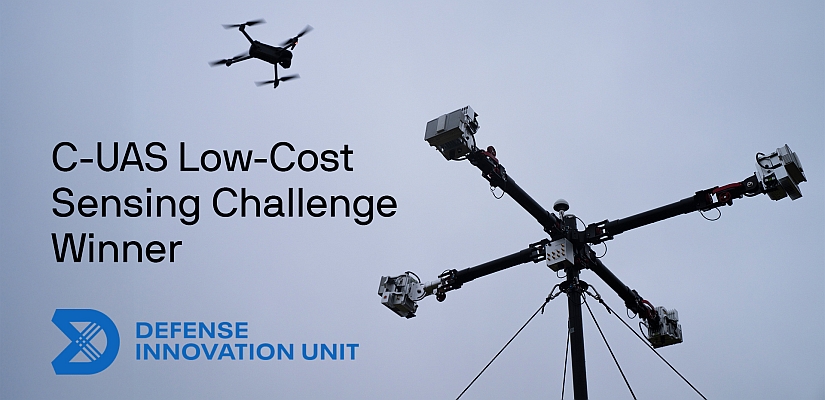What is the coldest place on Earth? It is a high ridge in Antarctica on the East Antarctic Plateau where temperatures in several hollows can dip below minus 133.6 degrees Fahrenheit (minus 92 degrees Celsius) on a clear winter night.

Scientists made the discovery while analyzing the most detailed global surface temperature maps to date, developed with data from remote sensing satellites including the new Landsat 8, a joint project of NASA and the U.S. Geological Survey (USGS). Ted Scambos, lead scientist at the National Snow and Ice Data Center in Boulder, Colo., joined a team of researchers reporting the findings Monday at the American Geophysical Union meeting in San Francisco.
The coldest place on earth is in the East Antarctic Plateau, but not at the highest peak. Rather, the coldest spots develop just downhill from a ridge that runs from Dome A to Dome Fuji. Data from NASA-USGS Landsat 8 satellite, and NASA’s MODIS sensor on the Aqua satellite
Researchers analyzed 32 years’ worth of data from several satellite instruments. They found temperatures plummeted to record lows dozens of times in clusters of pockets near a high ridge between Dome Argus and Dome Fuji, two summits on the ice sheet known as the East Antarctic Plateau. The new record of minus 136 F (minus 93.2 C) was set Aug. 10, 2010.
That is several degrees colder than the previous low of minus 128.6 F (minus 89.2 C), set in 1983 at the Russian Vostok Research Station in East Antarctica. The coldest permanently inhabited place on Earth is northeastern Siberia, where temperatures in the towns of Verkhoyansk and Oimekon dropped to a bone-chilling 90 degrees below zero Fahrenheit (minus 67.8 C) in 1892 and 1933, respectively.
“We had a suspicion this Antarctic ridge was likely to be extremely cold, and colder than Vostok because it’s higher up the hill,” Scambos said. “With the launch of Landsat 8, we finally had a sensor capable of really investigating this area in more detail.”
The quest to find out just how cold it can get on Earth — and why — started when the researchers were studying large snow dunes, sculpted and polished by the wind, on the East Antarctic Plateau. When the scientists looked closer, they noticed cracks in the snow surface between the dunes, possibly created when wintertime temperatures got so low the top snow layer shrunk. This led scientists to wonder what the temperature range was, and prompted them to hunt for the coldest places using data from two types of satellite sensors.
This narrated animation shows the process by which the coldest place on Earth develops its extreme low temperatures.
Image Credit: NASA’s Goddard Space Flight Center
The study is an example of some of the intriguing science possible with Landsat 8 and the TIRS instrument, which was built at NASA’s Goddard Space Flight Center in Greenbelt, Md. Since its launch Feb. 11, Landsat 8 has captured approximately 550 scenes per day of Earth’s land surface. USGS processes, archives and distributes the images free of charge over the Internet.
more infomation: NASA






